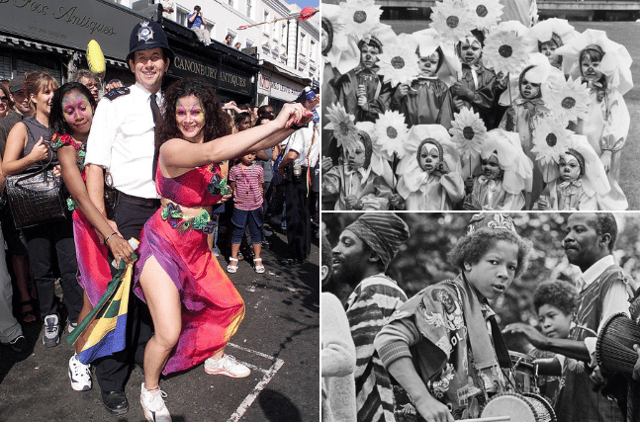Notting Hill Carnival is an annual celebration of Caribbean culture and diversity in London.
The festival started in 1966 on the streets of the Notting Hill area of Kensington and has taken place every August bank holiday weekend ever since, other than forced cancellations during Covid.
This year, Europe’s largest outdoor festival will also be paying homage to two significant anniversaries; 75 years since HMT Empire Windrush docked in England, and 50 years since sound systems were introduced at the event.
The Mas and Sound Systems, the large static units seen at the event, originated in Jamaica in the 1950s, and were introduced to Carnival in 1973.
The celebration of the Windrush anniversary meanwhile is an acknowledgement of the sacrifices made by those who travelled to the UK from the Caribbean. It also recognises the subsequent scandal, in which many were subjected to mistreatment including racism and threatened with deportation.
By the time of the first Notting Hill Carnival, over 30,000 Caribbean people were living in the UK after the SS Empire Windrush’s arrival.
Trinidadian human rights activist Claudia Jones is credited with the first ideas for the carnival.
The first outdoor festival took place in 1966 and was organised by social worker and activist Rhaune Leslett.
The aim was to create an outdoor space to be enjoyed by children and the local West Indian community.
Today the event attracts over 2.5 million people annually making it one of the world’s biggest street parties.
We’ve taken a look at Notting Carnival over the years from its origins in 1966 to today’s colourful celebrations.
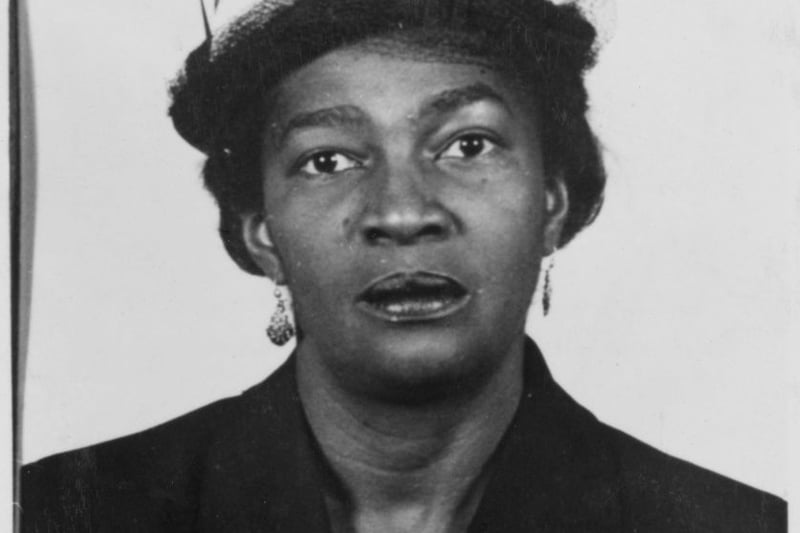
1. Trinidadian political activist and journalist Claudia Jones 1951
Claudia Jones played a key role in founding the Notting Hill Carnival. (Photo by Keystone/Hulton Archive/Getty Images)
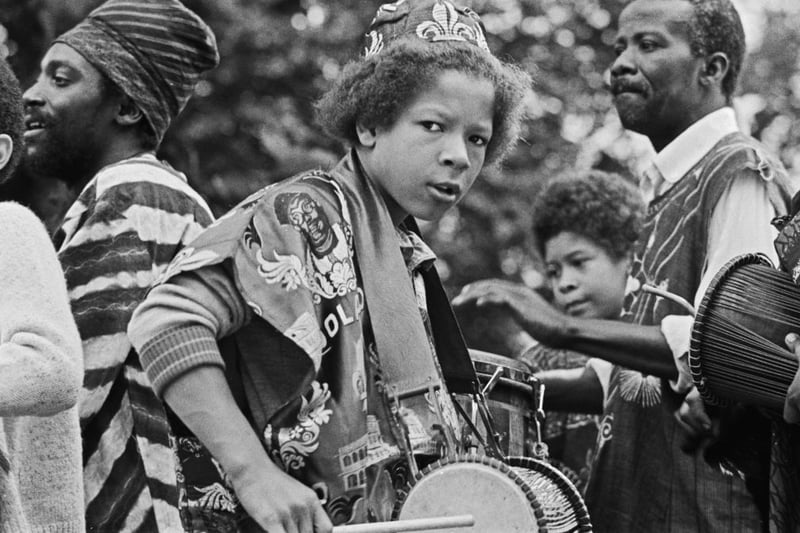
2. A young boy playing a drum at the Notting Hill Carnival in London, UK, August 1974. (Photo by Evening Standard/Hulton Archive/Getty Images)
The festival started in 1966 on the streets of the Notting Hill area of Kensington and has taken place every August bank holiday weekend ever since.
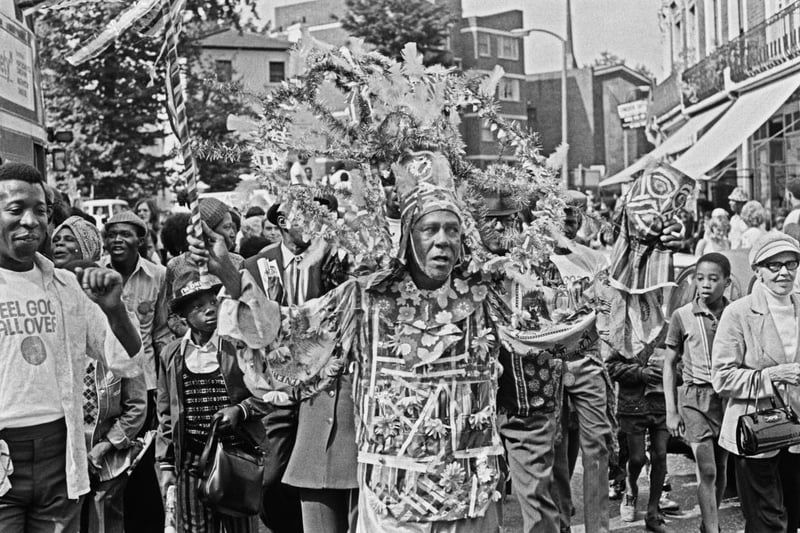
3. The Notting Hill Carnival in London, UK, August 1974. (Photo by Evening Standard/Hulton Archive/Getty Images)
By the time of the first Notting Hill Carnival, over 30,000 Caribbean people were living in the UK after the SS Empire Windrush’s arrival.
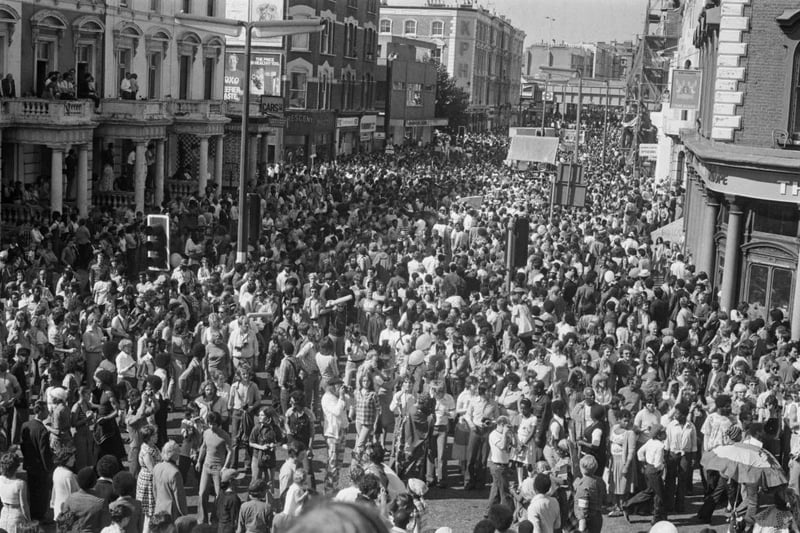
4. Crowds fill Ladbroke Grove during the Notting Hill Carnival in London, August 30th 1977. (Photo by Malcolm Clarke/Keystone/Hulton Archive/Getty Images)
Carnival was born in the aftermath of the Notting Hill riots and also of the brutal murder of Kelso Cochrane in Ladbroke Grove in 1959.
